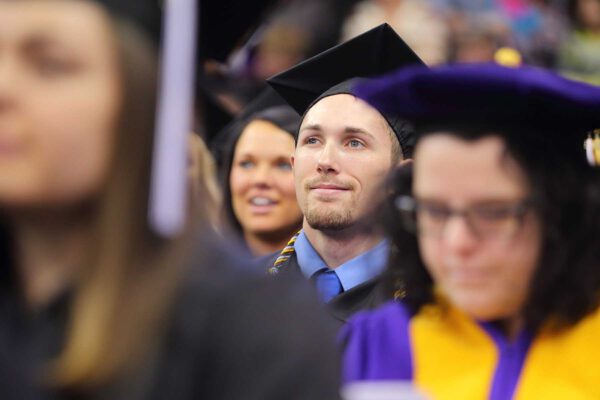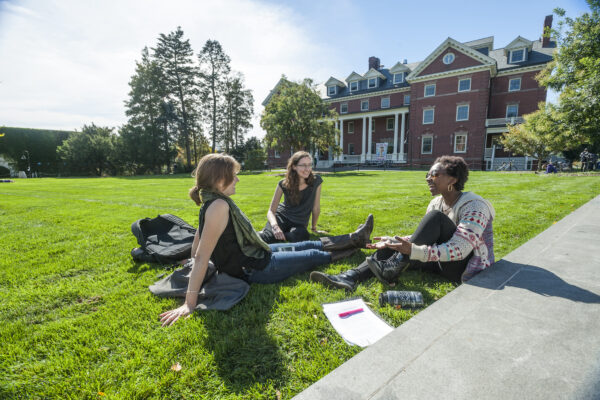Surprising Trends in College Costs and Student Debt
Title: How Much Does College Cost, and How Does It Relate to Student Borrowing?: Tuition Growth and Borrowing Over the Past 30 Years
Author: Adam Looney
Source: Brookings Institution
A recent report from the Brookings Institution challenges conventional wisdom about rising college costs and student debt.
Using data from the National Postsecondary Student Aid Study (NPSAS), the author constructed an index of net tuition prices from 1993 to 2020, adjusting for changes in student and institutional characteristics. The index aligns with the Consumer Price Index methodology for college tuition. By comparing this index to student borrowing trends, the report shows a more nuanced picture than commonly portrayed in the media.
Key findings include:
- Posted tuition prices increased 114 percent since 1993, but average net tuition (after grants and scholarships) rose just 46 percent, or $1,265 per year. Including tax credits, net tuition is largely flat since the 1990s. However, annual student borrowing tripled over the same period, outpacing net tuition growth.
- Net tuition trends vary widely by program and student income. Prices fell for low-income undergraduates but rose sharply for master’s students and high-income undergraduates.
- Students are shifting to more expensive programs and schools. Graduate students, with no borrowing limits, will soon hold half of all student debt.
- Enrollment growth has concentrated among underrepresented groups at institutions with high borrowing rates, driving up overall debt.
In conclusion, this report suggests that tuition and fees have increased more slowly than posted sticker prices or the Consumer Price Index, and much more slowly than student debt. The main drivers of tuition increases are graduate programs, while costs have declined for associate degrees. For traditional undergraduates, net prices have diverged sharply by family income, staying flat for the bottom half but rising for wealthier students.
Notably, for undergraduates, net tuition increases haven’t directly driven borrowing due to federal loan limits. Instead, rising undergraduate debt largely reflects more students borrowing at all, due to changing demographics and enrollment. For graduate students, who have no borrowing limits, debt is tied to both enrollment shifts and net price increases.
These findings have important implications for financial aid and student loan policies:
- Groups exposed to the highest net price increases have tended to borrow more. Policymakers should examine how excluding these students from need-based aid has impacted affordability.
- Recent loan forgiveness and income-driven repayment policies are benefiting high-income undergraduates and graduate students, raising questions about these policies’ costs and fairness.
- Pricing for both undergraduate and graduate programs remains opaque. Greater transparency is needed to help students make informed financial decisions.
- Key data gaps persist around graduate student backgrounds, living expenses, and outcomes.
To read the full report, click here.
—Alex Zhao
If you have any questions or comments about this blog post, please contact us.


